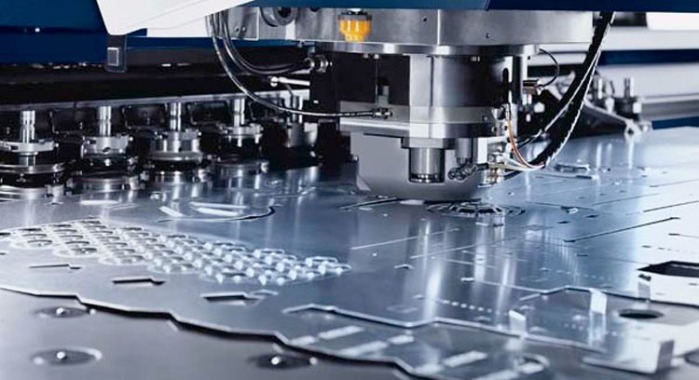Like most different metals, stainless steel can likewise be created and shaped in the wanted outline or shape. The gear utilized for manufacturing different metals and stainless steel is regularly the same, with the main distinction lying in procedures utilized for the fabrication process. Stainless steel fabrication could be attempted for modern, business, or absolutely improving purposes. It is accessible in a few unique evaluations, with every evaluation showing novel qualities.
At the point when sheets of stainless steel are fabrication, the procedure is alluded to as sheet metal manufacture. Since stainless steel has a high work solidifying rate, yet it is pliable and can be subjected to a few distinctive manufacture systems. A portion of the usually utilized metal manufacture procedures on stainless steel include: cutting, shearing, bowing, machining, welding and that’s just the beginning. In any case, it is critical to note right now that the gear being utilized for manufacturing stainless steel would need to have more power than hardware that is utilized for creating carbon steel.
The results of stainless steel manufacture are utilized essentially as a part of the petrochemical and force era businesses and in the pharmaceutical and sustenance handling commercial ventures. Dampers, stockpiling drums, fumes tubes and auxiliary backings are made for the petrochemical business, as well as for the development business and for some assembling businesses. Different sorts of things, for example, dampers are produced using this metal for the force era industry. The pharmaceutical and sustenance preparing commercial ventures normally utilize stainless steel dampers, louvers and nooks. Other created things obliged incorporate tables and sinks.
Stainless steel manufacture is in need in colossal engineering undertakings, in making machines and instruments for utilization at doctor’s facilities, kitchens and so forth because of hygienic and sterile advantages of steel, in nourishment preparing and bundling businesses and marine and embellishing administrations. In the event that you oblige NSF regard for your task then steel is your best alternative. When you contract a stainless steel fabrication organization give careful consideration to weigh out their notoriety in the business. Procure an organization that is known for turning over top notch items in an auspicious way. Likewise verify that your organization has related knowledge in the sort of occupation you need done.



